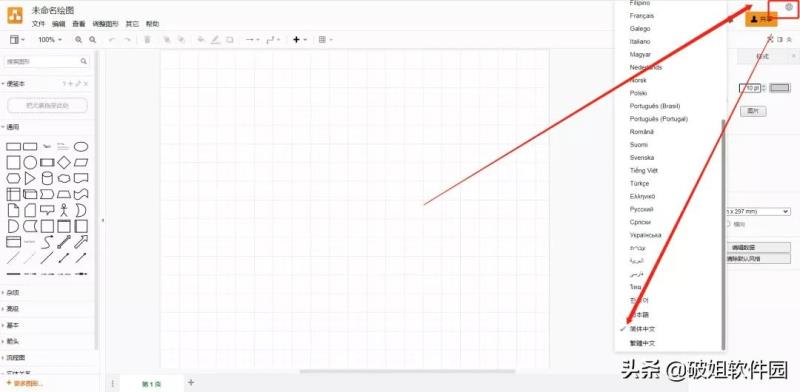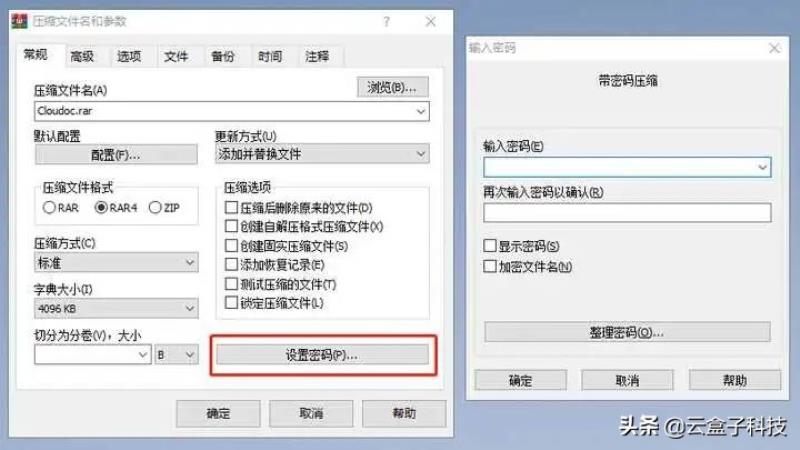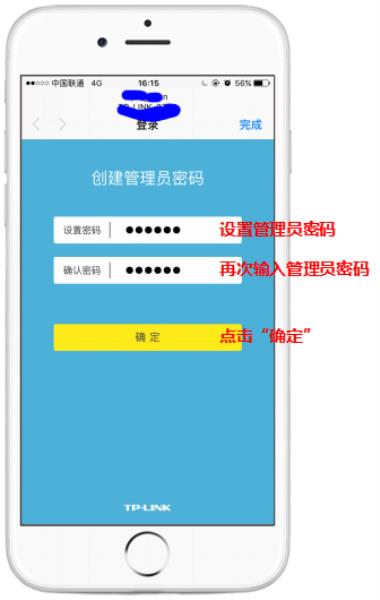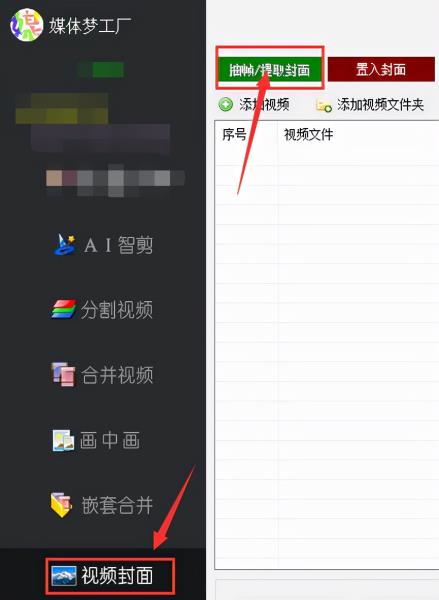spring文件上传大小限制(spring上传到文件服务器)
零、本篇要点
- 介绍SpringBoot对文件上传的自动配置。
- 介绍MultipartFile接口。
- 介绍SpringBoot+Thymeleaf文件上传demo的整合。
- 介绍对文件类型,文件名长度等判断方法。
一、SpringBoot对文件处理相关自动配置
自动配置是SpringBoot为我们提供的便利之一,开发者可以在不作任何配置的情况下,使用SpringBoot提供的默认设置,如处理文件需要的MultipartResolver。
@Configuration(proxyBeanMethods = false)@ConditionalOnClass({ Servlet.class, StandardServletMultipartResolver.class, MultipartConfigElement.class })@ConditionalOnProperty(prefix = "spring.servlet.multipart", name = "enabled", matchIfMissing = true)@ConditionalOnWebApplication(type = Type.SERVLET)@EnableConfigurationProperties(MultipartProperties.class)public class MultipartAutoConfiguration { private final MultipartProperties multipartProperties; public MultipartAutoConfiguration(MultipartProperties multipartProperties) { this.multipartProperties = multipartProperties; } @Bean @ConditionalOnMissingBean({ MultipartConfigElement.class, CommonsMultipartResolver.class }) public MultipartConfigElement multipartConfigElement() { return this.multipartProperties.createMultipartConfig(); } @Bean(name = DispatcherServlet.MULTIPART_RESOLVER_BEAN_NAME) @ConditionalOnMissingBean(MultipartResolver.class) public StandardServletMultipartResolver multipartResolver() { StandardServletMultipartResolver multipartResolver = new StandardServletMultipartResolver(); multipartResolver.setResolveLazily(this.multipartProperties.isResolveLazily()); return multipartResolver; }}- Spring3.1之后支持StandardServletMultipartResolver,且默认使用StandardServletMultipartResolver,它的优点在于:使用Servlet所提供的功能支持,不需要依赖任何其他的项目。
- 想要自动配置生效,需要配置spring.servlet.multipart.enabled=true,当然这个配置默认就是true。
- 相关的配置设置在MultipartProperties中,其中字段就是对应的属性设置,经典字段有:enabled:是否开启文件上传自动配置,默认开启。location:上传文件的临时目录。maxFileSize:最大文件大小,以字节为单位,默认为1M。maxRequestSize:整个请求的最大容量,默认为10M。fileSizeThreshold:文件大小达到该阈值,将写入临时目录,默认为0,即所有文件都会直接写入磁盘临时文件中。resolveLazily:是否惰性处理请求,默认为false。
- 我们也可以自定义处理的细节,需要实现MultipartResolver接口。
二、处理上传文件MultipartFile接口
SpringBoot为我们提供了MultipartFile强大接口,让我们能够获取上传文件的详细信息,如原始文件名,内容类型等等,接口内容如下:
public interface MultipartFile extends InputStreamSource { String getName(); //获取参数名 @Nullable String getOriginalFilename();//原始的文件名 @Nullable String getContentType();//内容类型 boolean isEmpty(); long getSize(); //大小 byte[] getBytes() throws IOException;// 获取字节数组 InputStream getInputStream() throws IOException;//以流方式进行读取 default Resource getResource() { return new MultipartFileResource(this); } // 将上传的文件写入文件系统 void transferTo(File var1) throws IOException, IllegalStateException; // 写入指定path default void transferTo(Path dest) throws IOException, IllegalStateException { FileCopyUtils.copy(this.getInputStream(), Files.newOutputStream(dest)); }}三、SpringBoot+Thymeleaf整合demo
1、编写控制器
/** * 文件上传 * * @author Summerday */@Controllerpublic class FileUploadController { private static final String UPLOADED_FOLDER = System.getProperty("user.dir"); @GetMapping("/") public String index() { return "file"; } @PostMapping("/upload") public String singleFileUpload(@RequestParam("file") MultipartFile file, RedirectAttributes redirectAttributes) throws IOException { if (file.isEmpty()) { redirectAttributes.addFlashAttribute("msg", "文件为空,请选择你的文件上传"); return "redirect:uploadStatus"; } saveFile(file); redirectAttributes.addFlashAttribute("msg", "上传文件" + file.getOriginalFilename() + "成功"); redirectAttributes.addFlashAttribute("url", "/upload/" + file.getOriginalFilename()); return "redirect:uploadStatus"; } private void saveFile(MultipartFile file) throws IOException { Path path = Paths.get(UPLOADED_FOLDER + "/" + file.getOriginalFilename()); file.transferTo(path); } @GetMapping("/uploadStatus") public String uploadStatus() { return "uploadStatus"; }}2、编写页面file.html
<html xmlns:th="http://www.thymeleaf.org"> <!--suppress ALL--><html lang="en"> <head> <meta charset="UTF-8"> <title>文件上传界面</title> </head> <body> <div> <form method="POST" enctype="multipart/form-data" action="/upload"> <table> <tr><td><input type="file" name="file" /></td></tr> <tr><td></td><td><input type="submit" value="上传" /></td></tr> </table> </form> </div> </body></html>3、编写页面uploadStatus.html
<!--suppress ALL--><html xmlns:th="http://www.thymeleaf.org"><html lang="en"> <head> <meta charset="UTF-8"> <title>文件上传界面</title> </head> <body> <div th:if="${msg}"> <h2 th:text="${msg}"/> </div> <div > <img src=" th:src="${url}" alt="> </div> </body></html>4、编写配置
server.port=8081spring.servlet.multipart.max-file-size=10MBspring.servlet.multipart.max-request-size=10MB5、配置虚拟路径映射
这一步是非常重要的,我们将文件上传到服务器上时,我们需要将我们的请求路径和服务器上的路径进行对应,不然很有可能文件上传成功,但访问失败:
@Configurationpublic class MvcConfig implements WebMvcConfigurer { private static final String UPLOADED_FOLDER = System.getProperty("user.dir"); @Override public void addResourceHandlers(ResourceHandlerRegistry registry) { registry.addResourceHandler("/upload/**") .addResourceLocations("file:///" + UPLOADED_FOLDER + "/"); }}对应关系需要自己去定义,如果访问失败,可以试着打印以下路径,看看是否缺失了路径分隔符。
注意:如果addResourceHandler不要写成处理/**,这样会拦截掉其他的请求
6、测试页面
执行mvn spring-boot:run,启动程序,访问http://localhost:8081/,选择文件,点击上传按钮,我们的项目目录下出现了mongo.jpg",并且页面也成功显示:
四、SpringBoot的Restful风格,返回url
/** * 文件上传 * * @author Summerday */@RestControllerpublic class FileUploadRestController { /** * 文件名长度 */ private static final int DEFAULT_FILE_NAME_LENGTH = 100; /** * 允许的文件类型 */ private static final String[] ALLOWED_EXTENSIONS = { .jpg", "img", .jpg", .jpg" }; /** * 项目路径 */ private static final String UPLOADED_FOLDER = System.getProperty("user.dir"); @PostMapping("/restUpload") public Map<String,Object> singleFileUpload(@RequestParam("file") MultipartFile file) throws Exception { if (file.isEmpty()) { throw new Exception("文件为空!"); } String filename = upload(file); String url = "/upload/" + filename; Map<String,Object> map = new HashMap<>(2); map.put("msg","上传成功"); map.put("url",url); return map; } /** * 上传方法 */ private String upload(MultipartFile file) throws Exception { int len = file.getOriginalFilename().length(); if (len > DEFAULT_FILE_NAME_LENGTH) { throw new Exception("文件名超出限制!"); } String extension = getExtension(file); if(!isValidExtension(extension)){ throw new Exception("文件格式不正确"); } // 自定义文件名 String filename = getPathName(file); // 获取file对象 File desc = getFile(filename); // 写入file file.transferTo(desc); return filename; } /** * 获取file对象 */ private File getFile(String filename) throws IOException { File file = new File(UPLOADED_FOLDER + "/" + filename); if(!file.getParentFile().exists()){ file.getParentFile().mkdirs(); } if(!file.exists()){ file.createNewFile(); } return file; } /** * 验证文件类型是否正确 */ private boolean isValidExtension(String extension) { for (String allowedExtension : ALLOWED_EXTENSIONS) { if(extension.equalsIgnoreCase(allowedExtension)){ return true; } } return false; } /** * 此处自定义文件名,uuid + extension */ private String getPathName(MultipartFile file) { String extension = getExtension(file); return UUID.randomUUID().toString() + "." + extension; } /** * 获取扩展名 */ private String getExtension(MultipartFile file) { String originalFilename = file.getOriginalFilename(); return originalFilename.substring(originalFilename.lastIndexOf('.') + 1); }}
免责声明:本文仅代表文章作者的个人观点,与本站无关。其原创性、真实性以及文中陈述文字和内容未经本站证实,对本文以及其中全部或者部分内容文字的真实性、完整性和原创性本站不作任何保证或承诺,请读者仅作参考,并自行核实相关内容。文章投诉邮箱:anhduc.ph@yahoo.com







